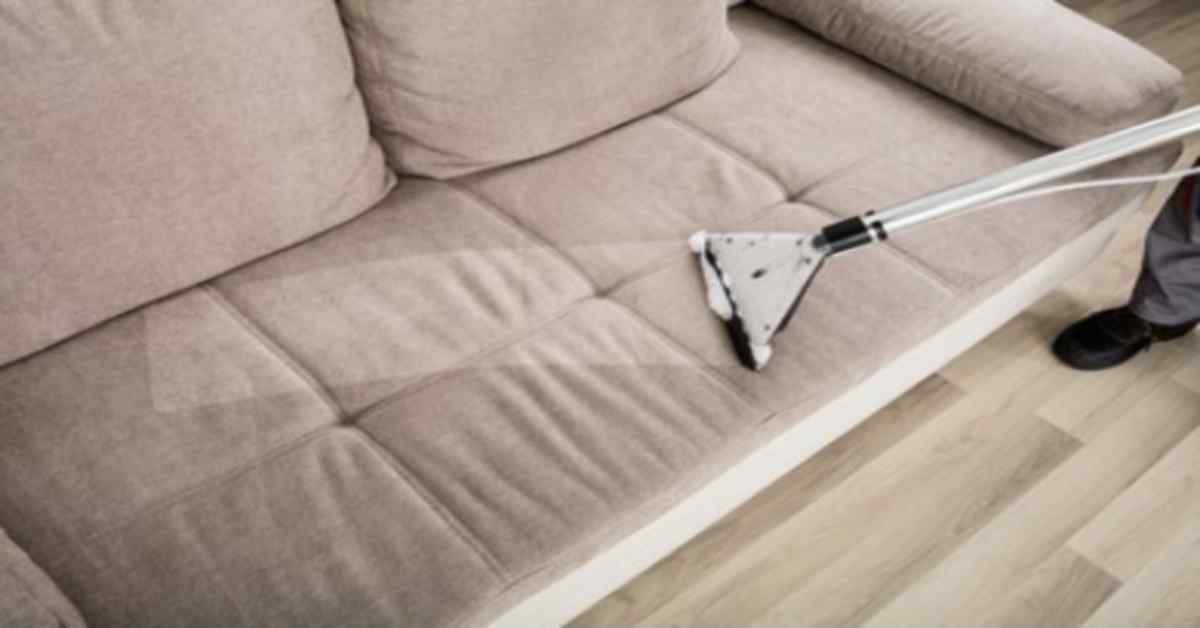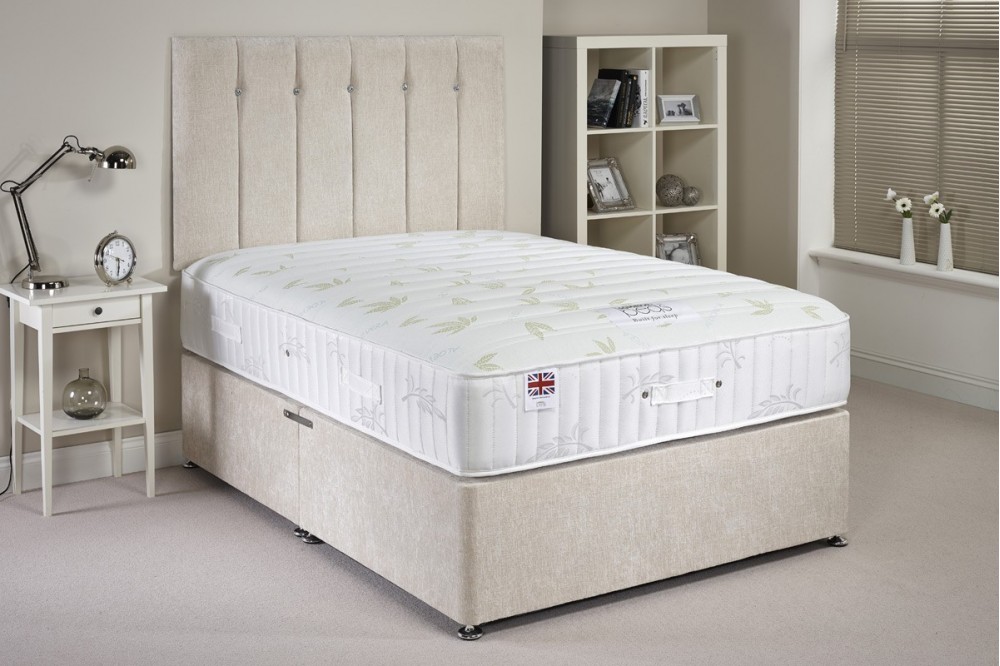Introduction
Smart homes, powered by the Internet of Things (IoT), have transformed the way we live. This article explores the convergence of technology and daily living, defining smart homes and tracing the evolution of IoT to enhance convenience and efficiency.
Home Automation: The Foundation of Smart Living
At the core of smart homes is home automation, where connected devices and appliances work in harmony. From smart lighting and climate control to voice-activated assistants, these technologies form the foundation of a more intelligent and responsive living space.
Security and Surveillance in Smart Homes
Security in smart homes is bolstered by IoT-powered cameras and doorbell systems. Remote monitoring and real-time alerts provide homeowners with peace of mind, although the balance between security and privacy remains an ongoing consideration.
Energy Efficiency through IoT
Smart homes contribute to energy efficiency through devices like smart thermostats and connected appliances. These innovations not only reduce energy consumption but also play a role in lowering carbon footprints, aligning with a broader focus on sustainable living.
Health and Wellness Monitoring
IoT devices extend into health and wellness, offering tools for health tracking and sleep monitoring. For the elderly, smart beds and monitoring systems enable independent living while providing valuable health insights.
Entertainment and Smart Home Integration
Entertainment experiences are elevated through home theaters, audio systems, and seamless integration with streaming services. Smart homes create immersive environments where entertainment adapts to the preferences and moods of the residents.
Smart Kitchen Appliances and Cooking
The kitchen becomes smarter with connected devices, enhancing efficiency and convenience. From inventory management in smart refrigerators to IoT-enabled cooking, these innovations simplify meal preparation and kitchen tasks.
The Role of Wearables in Smart Homes
Wearables play a pivotal role in smart homes, syncing with home systems for personalized experiences. Health data from wearables integrates into the smart home ecosystem, contributing to a holistic approach to well-being.
Smart Home Hubs and Ecosystems
Centralized control platforms, known as smart home hubs, ensure cohesive operation of connected devices. Compatibility and interoperability are key considerations in building a unified and user-friendly smart home ecosystem.
IoT in Home Improvement and Maintenance
Smart sensors and predictive maintenance contribute to the upkeep of smart homes. Detecting issues before they escalate ensures the longevity of home systems and minimizes the need for major repairs.
Customization and Personalization in Smart Homes
Smart homes go beyond automation, offering customization and personalization. Learning algorithms adapt to individual preferences, creating a living environment that seamlessly aligns with the unique needs of each resident.
Challenges and Security Risks in Smart Homes
While smart homes offer unparalleled convenience, challenges and security risks persist. IoT devices’ vulnerabilities and data privacy concerns necessitate robust cybersecurity measures to ensure a secure living environment.
Affordability and Accessibility of Smart Home Technology
The cost of entry into smart home living has been a concern, but efforts are being made to make these technologies more accessible. Balancing affordability with advanced features is crucial to widening the adoption of smart home solutions.
The Future of Smart Homes and Emerging Technologies
Looking ahead, the future of smart homes holds exciting possibilities. Anticipated advancements include further integration with Artificial Intelligence (AI) and Machine Learning (ML), promising even more seamless and intuitive living experiences.
Conclusion
In conclusion, smart homes and IoT technologies have revolutionized daily living, making it more convenient, efficient, and personalized. The ongoing evolution of these technologies hints at a future where smart homes continue to adapt, improving the quality of life for residents and contributing to a more connected and intelligent world.





